The best lenses for the Nikon Z6 II and Z6 III in 2025: these truly versatile cameras deserve lenses that follow suit
What are the best lenses for the Nikon Z6 II and Z 6III? This very capable line of 24.5Mp mirrorless cameras needs good lenses to do it justice
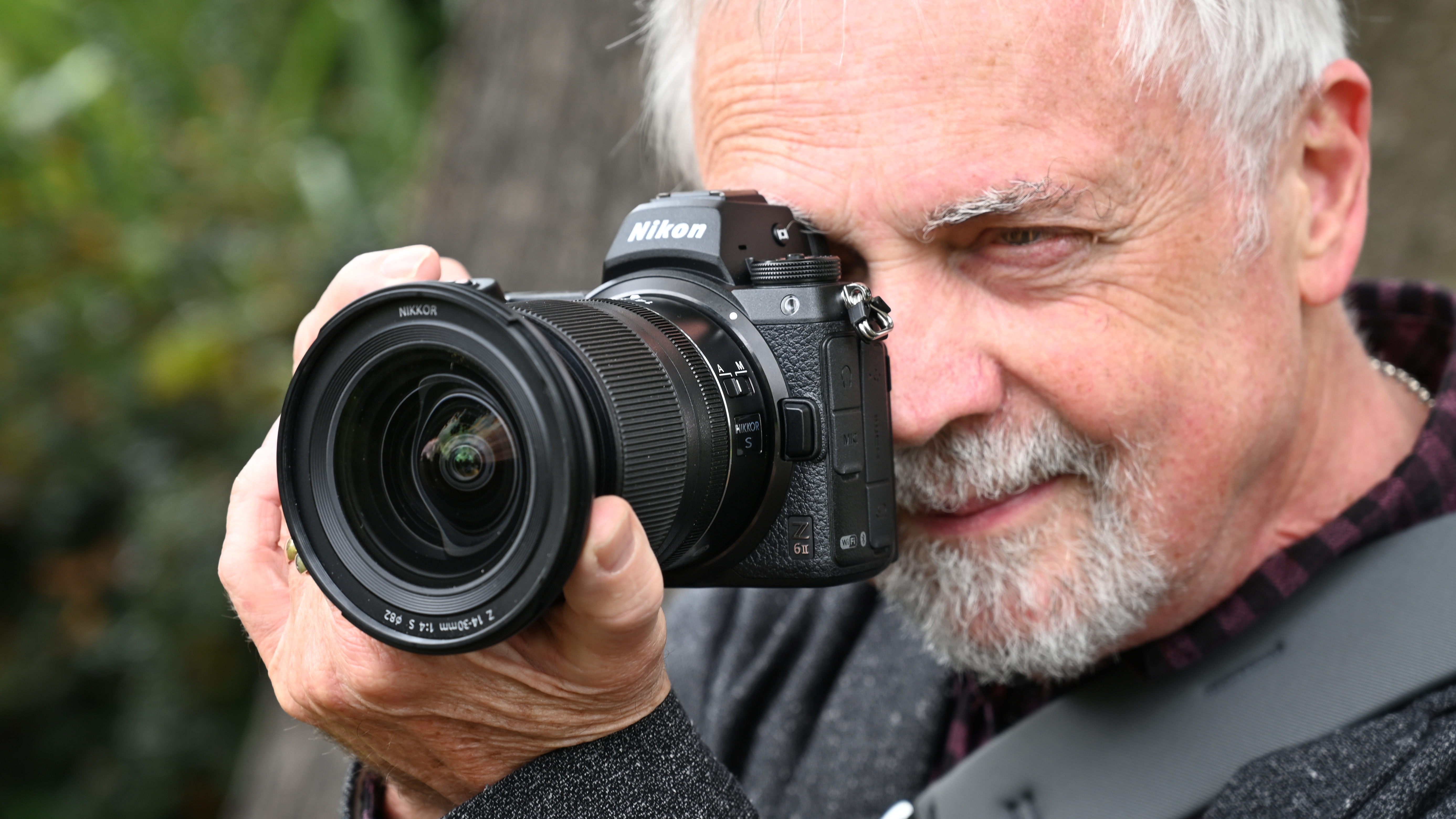
Picking the best lenses for the Nikon Z6 II / Z6 III is a balancing act between getting glassware good enough to get the most out this excellent mid-range mirrorless camera, but also not blowing the budget on some of Nikon’s more wildly specced pro lenses, which come with price tags to match.
The Nikon Z6 III is one of the best mirrorless cameras around, certainly one of the best Nikon cameras and also one of the best cameras for enthusiasts. But while we have a big guide to the best Nikon Z lenses all round, I wouldn't necessarily suggest all of them for the Z6 III (or its predecessor, the Z6 II).
So I’ve picked a set of lenses which cover a wide range of uses and user types but, for the most part, stay at reasonable price levels. Some, such as Nikon’s prime lenses, can be very reasonable indeed.
There is one fly in the ointment. Nikon Z-mount telephotos quickly become very expensive indeed. Very good, yes, but very expensive too. The one consolation is that while cameras come and go, lenses are for life – or they can at least do good service with several cameras in succession. And if you decide to swap your Z6-line camera for a Z7 II or even a Nikon Z9, you might well be glad that you invested seriously in some top lenses right at the start.
So anyway, and whatever your budget, here are what I think are the best lenses for the Nikon Z6 II / Z6 III right now.

Rod is an independent photography journalist and editor, and a long-standing Digital Camera World contributor, having previously worked as DCW's Group Reviews Editor. He has used practically every interchangeable-lens camera launched in the past 20 years, from entry-level DSLRs to medium-format cameras, so he has the expertise to select the best Nikon lenses for you.
The Quick List
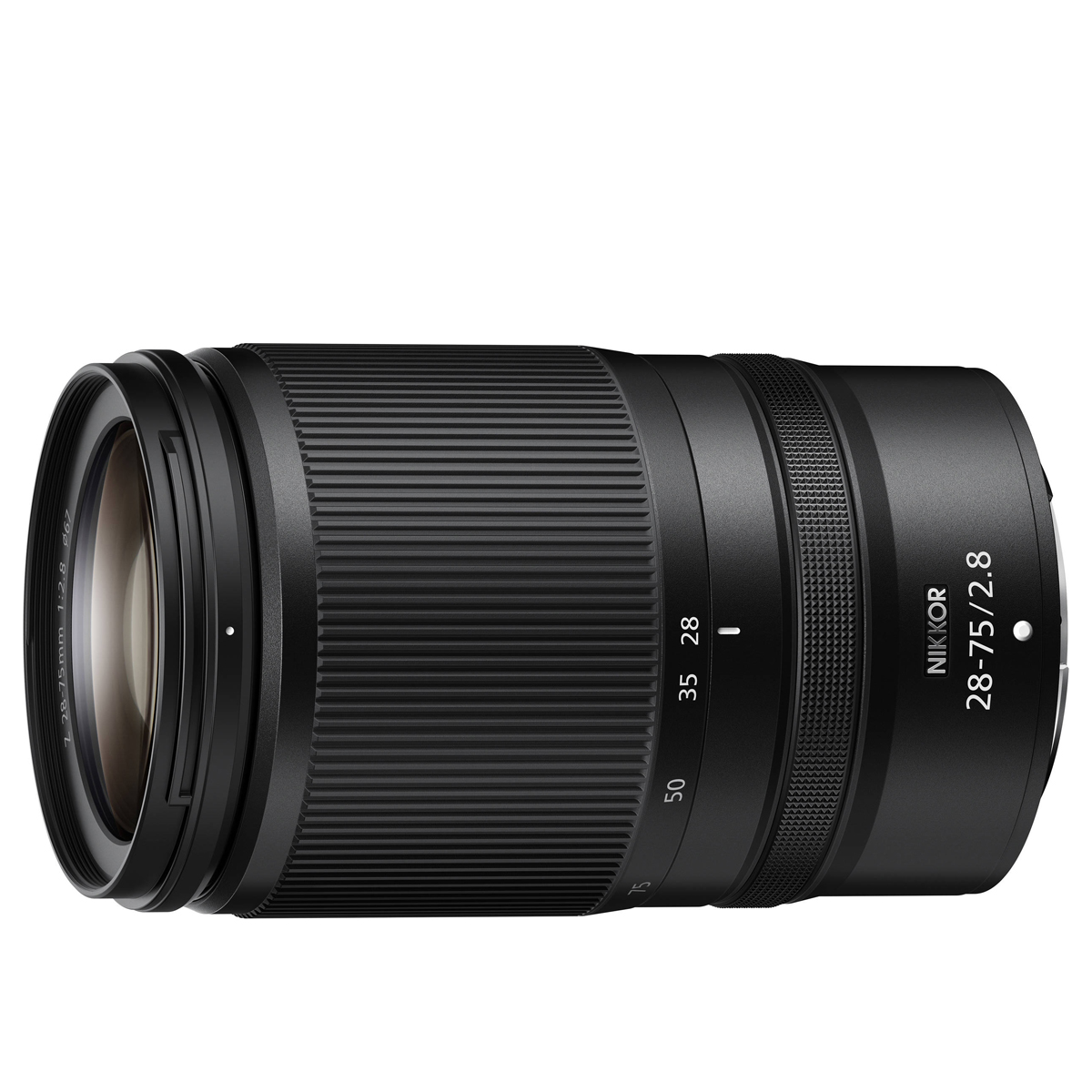
Take a step up from the Z6 II / Z6 III’s kit lens with this small and light zoom that delivers good sharpness and a wide aperture. Read more below…
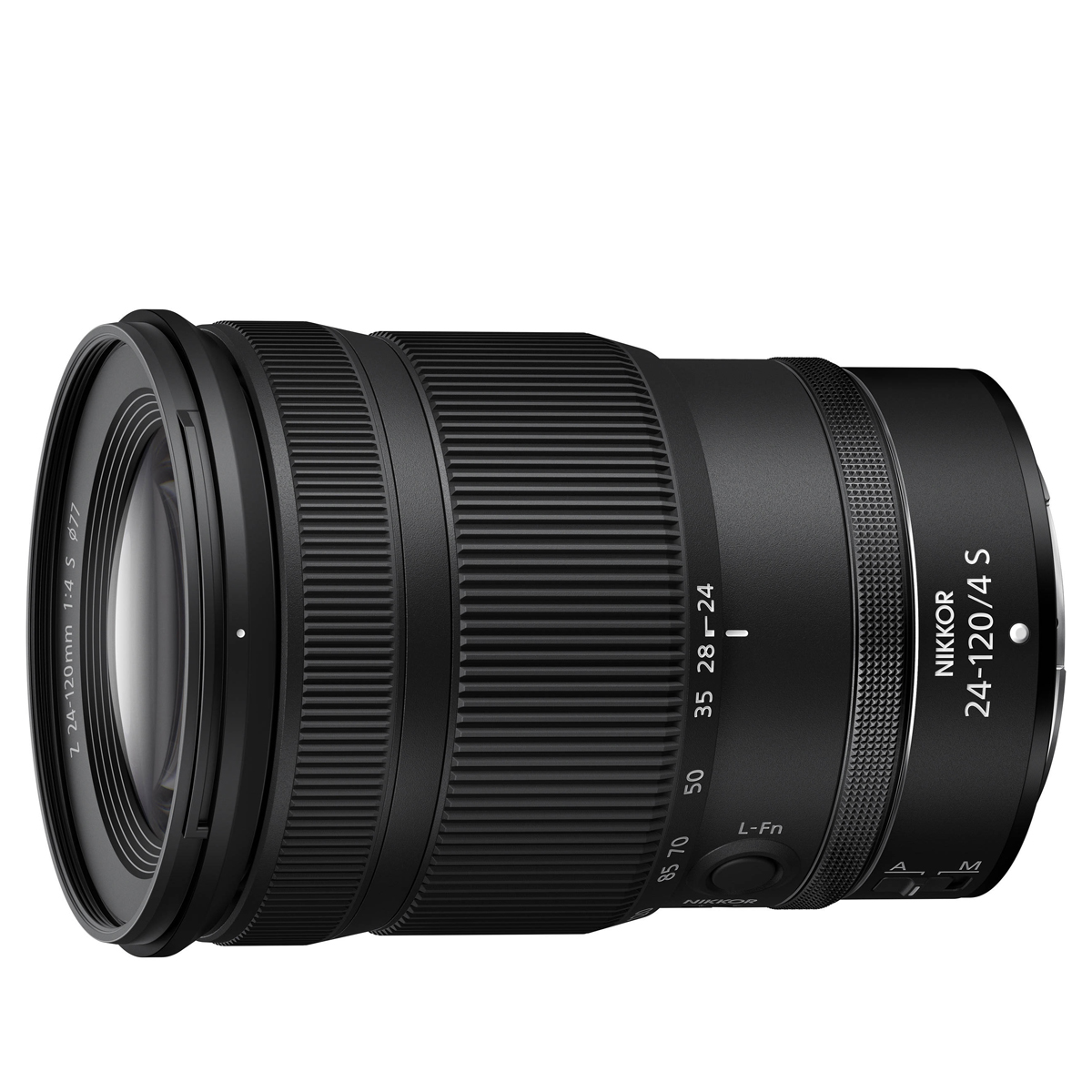
If you need a general-purpose lens with a broader zoom range, this gives you 5x zoom and sharpness across the frame. Read more below…

You’re spoilt for choice when it comes to Nikon wide-angles, but I like this affordable option with great sharpness for the Z6 II / Z6 III. Read more below…
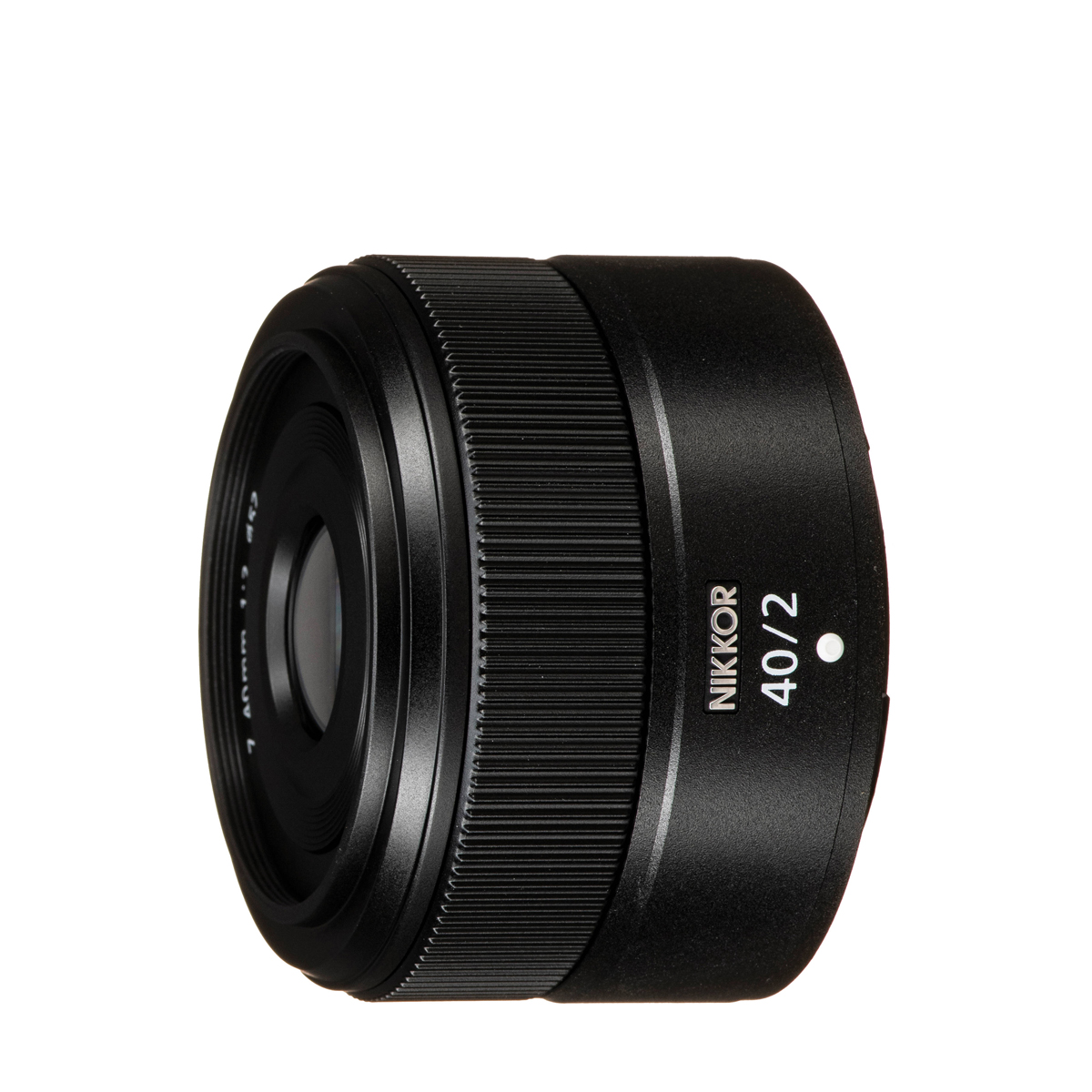
This is a terrific choice for street photography or when you need to travel light. The downsized design takes up very little space. Read more below…
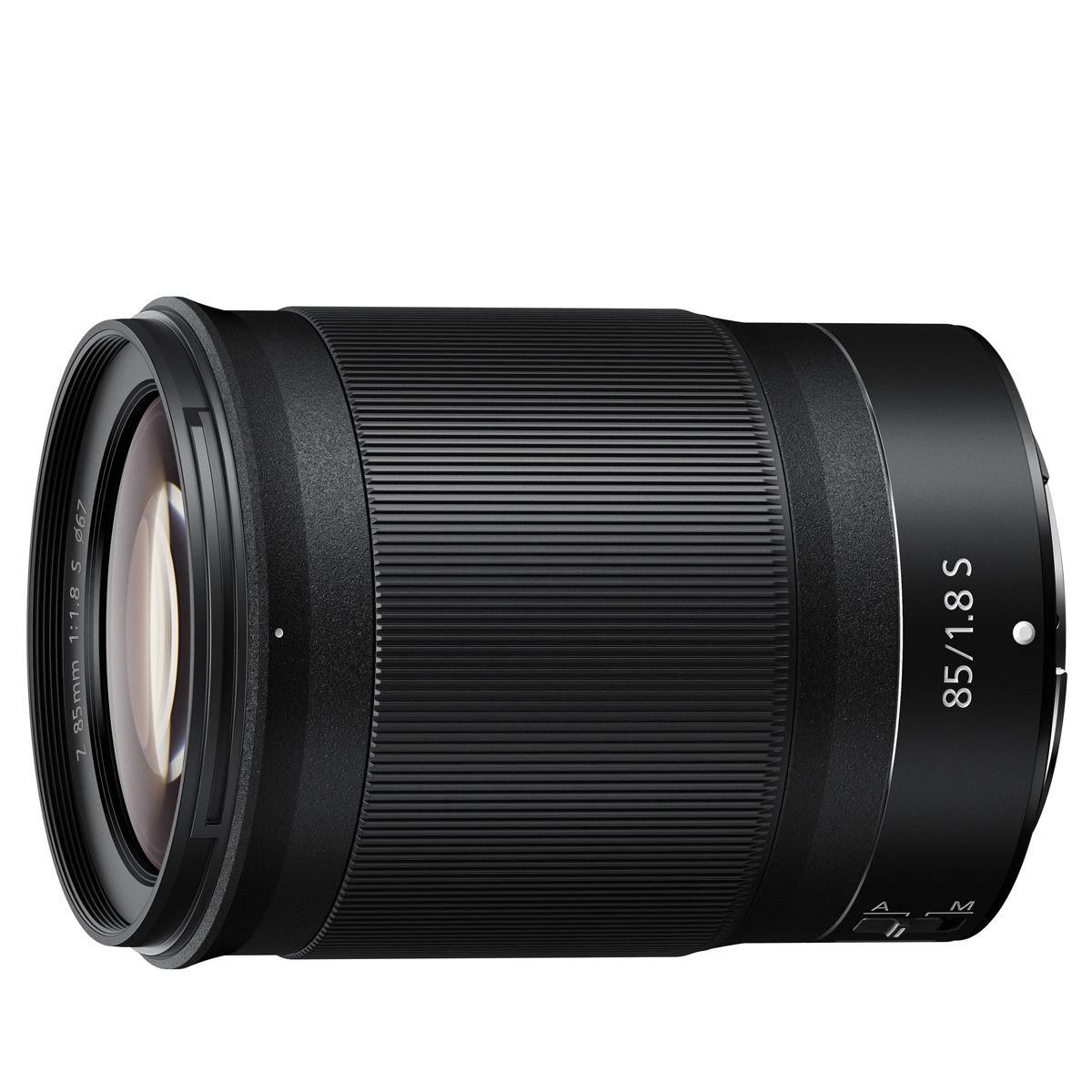
With this prime, Nikon has pulled off the trick of combining excellent sharpness with high-quality bokeh and an appealing price tag. Read more below…
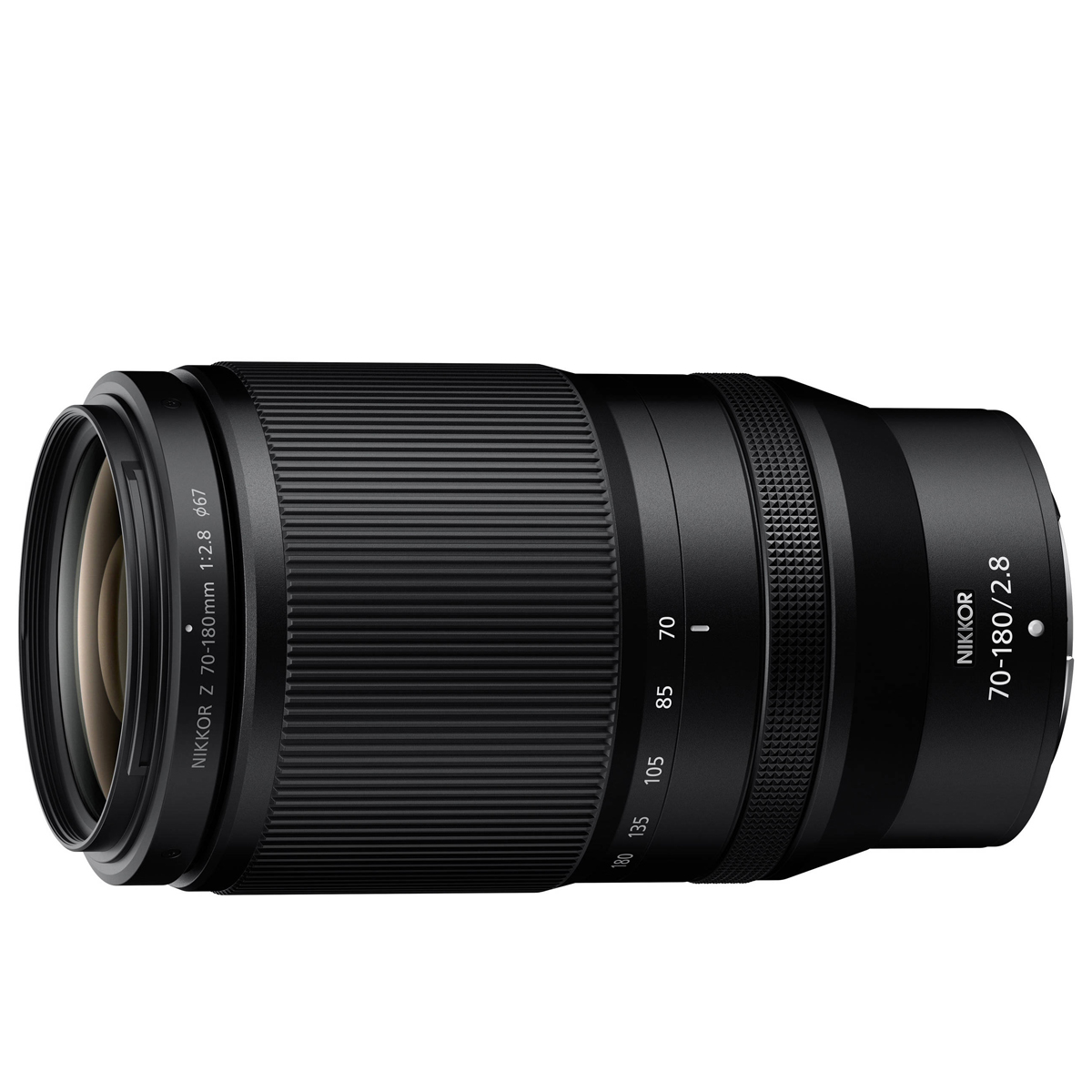
This zoom sidesteps the expense and weight of a classic 70-200mm f/2.8 lens with a slightly shorter focal length. Read more below…
View the full list ⤵

If you’re keen on sports or wildlife photography, this zoom gives you the reach you crave, as well as sublime sharpness - at a price. Read more below…
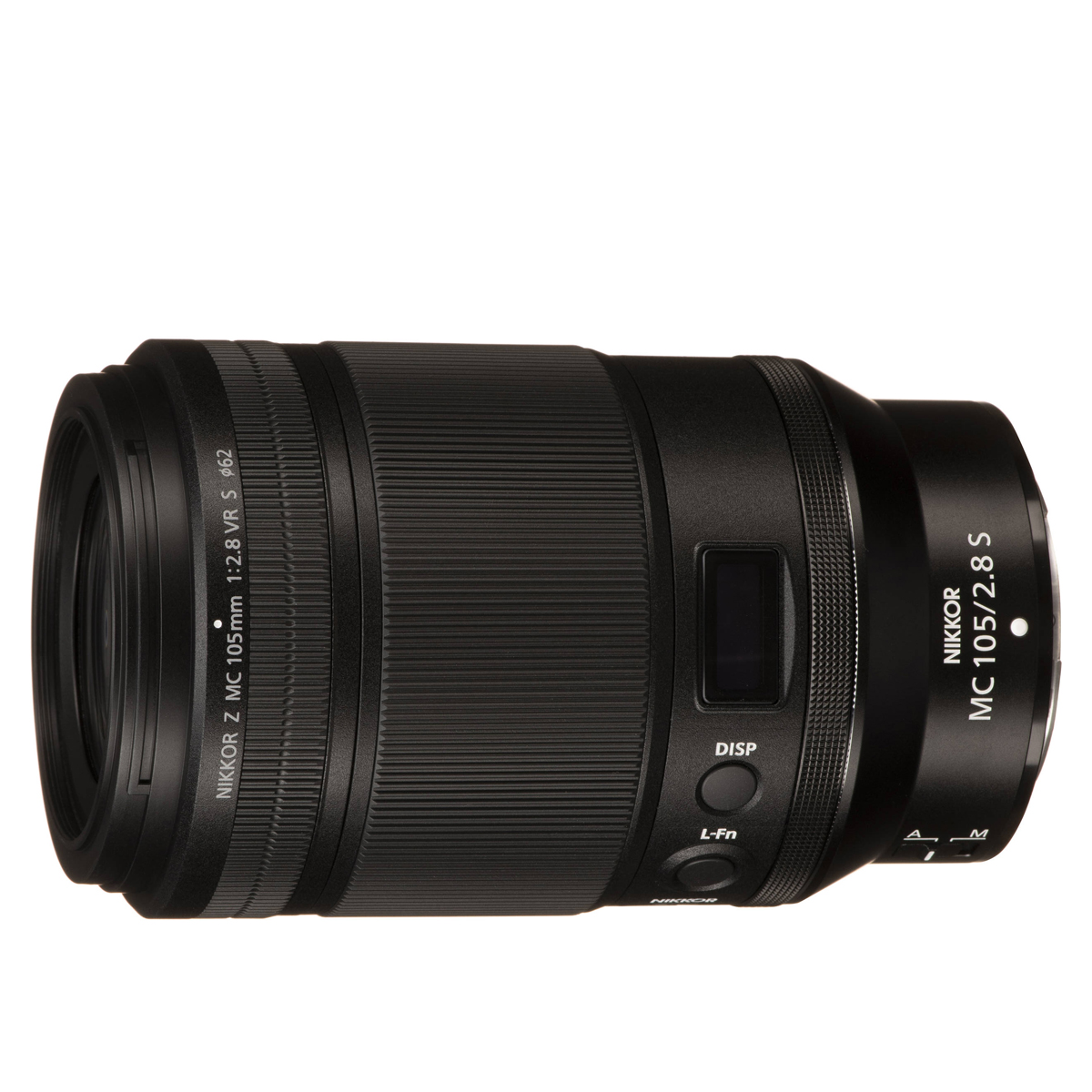
This prime doesn’t just give you superb extreme close-ups: it also delivers high-quality images for general-purpose shots. Read more below…
Best lenses for the Nikon Z6 II
Why you can trust Digital Camera World
Best everyday lens for the Z6 II
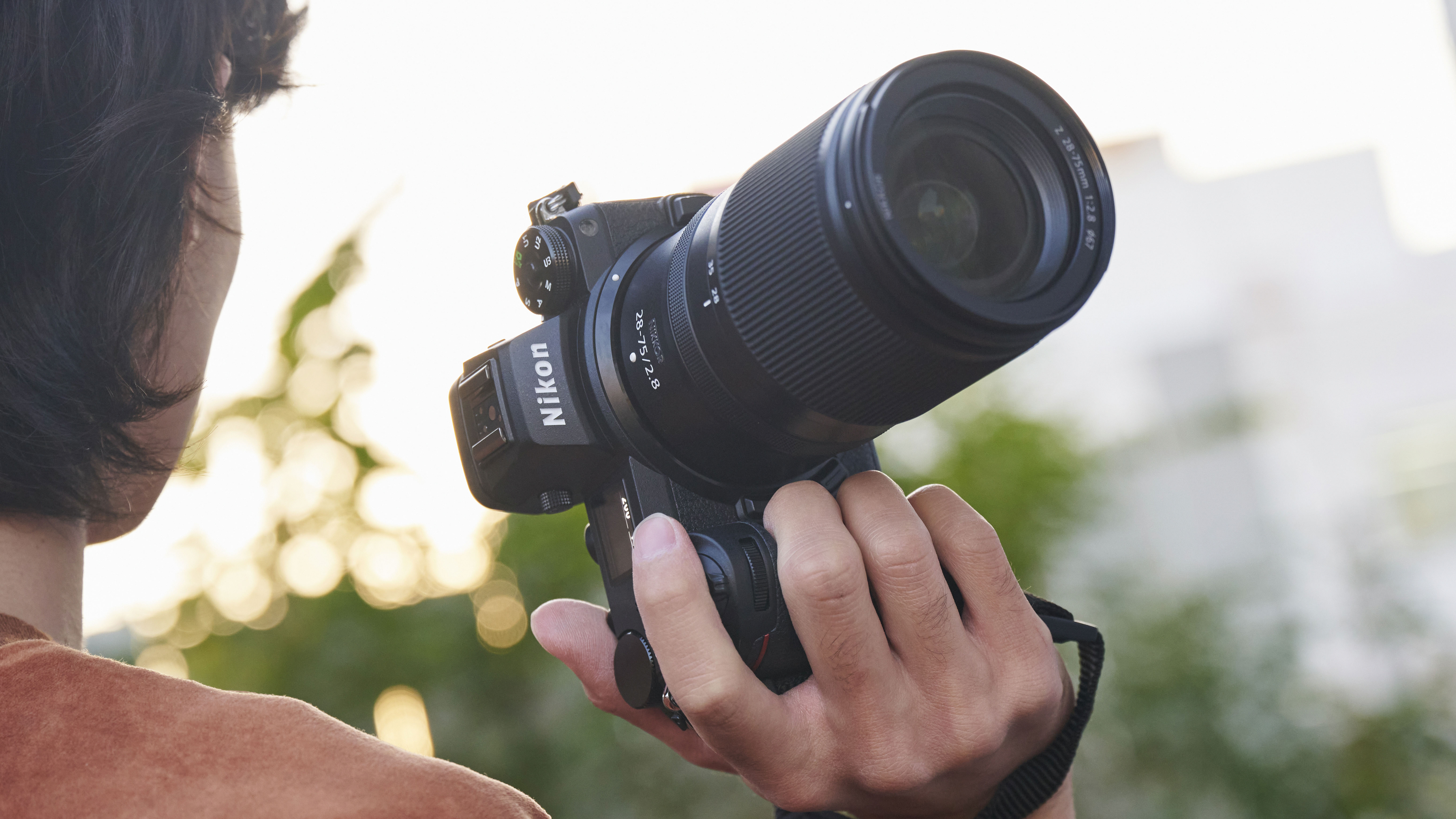
Specifications
Reasons to buy
Reasons to avoid
The Nikon Z 28-75mm f/2.8 has a slightly unusual focal range, but it is a brilliant lens that builds on the already strong qualities of the Z6 II’s kit lens, the Nikkor Z 24-70mm f/4. It's small and light, and delivers excellent center sharpness, although the pro-spec Nikkor Z 24-70mm S lens is a little sharper in the corners. But for Z6 II owners, the 28-75mm strikes the ideal balance between performance and value.
Read more: Nikon Z 28-75mm f/2.8 review
Most versatile lens for the Z6 II

Specifications
Reasons to buy
Reasons to avoid
If you would like even more zoom range than the 24-70mm f/4 kit lens, this one goes all the way to 120mm with a 5x zoom range. This does make it somewhat heavier and more expensive, but more versatile too.
The Z 24-120mm f/4 S is a mirrorless revision of a popular 5x standard zoom made for F-mount DSLRs. The advanced Z lens mount brings advantages that include improved sharpness over the whole frame, as well as a relatively compact build for a lens of this type.
Read more: Nikon Z 24-120mm f/4 S review
Best wide-angle lens for the Z6 II
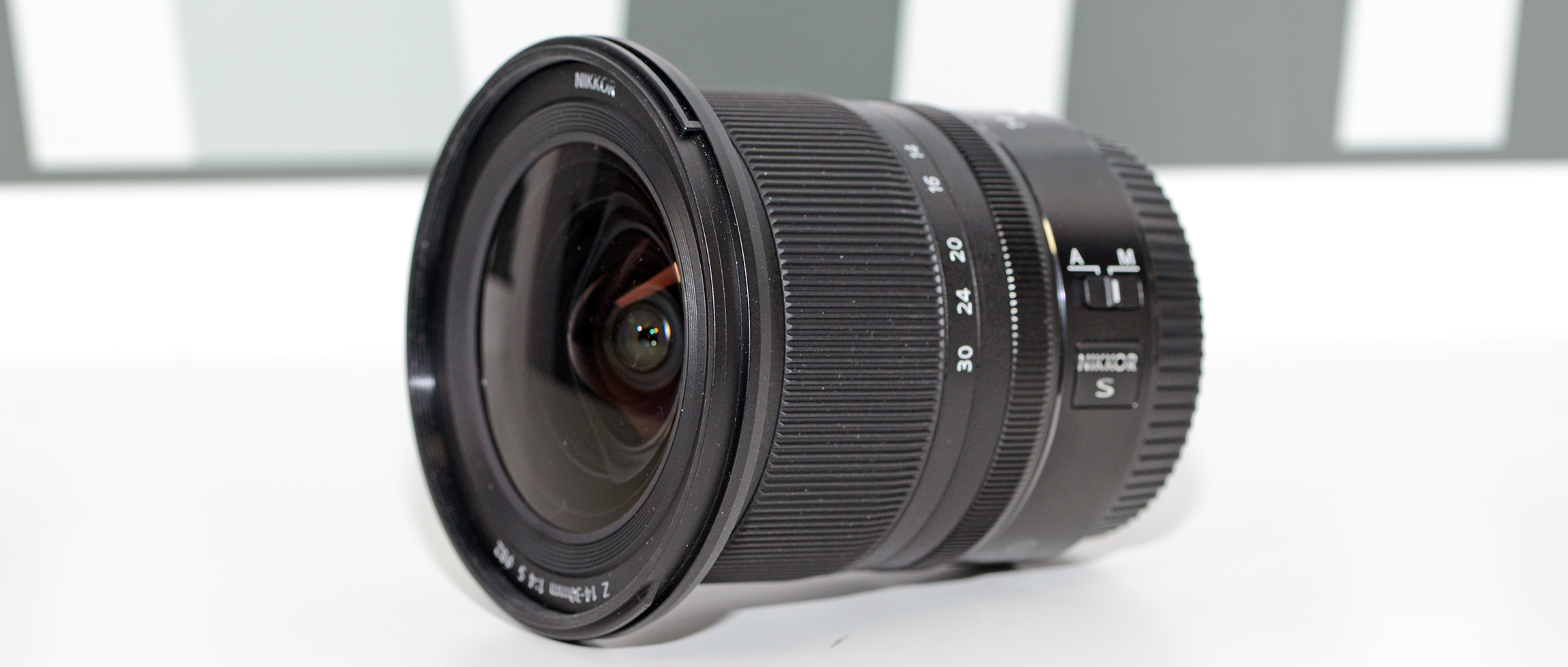
Specifications
Reasons to buy
Reasons to avoid
Nikon has released two more ultra-wide zooms since this one – the Nikkor Z 14-24mm f/2.8 S and the Nikkor Z 17-28mm f/2.8, but I think the Nikkor Z 14-30mm f/4 S is still the best wide-angle choice for the Nikon Z6 II despite its smaller maximum aperture, thanks to its space-saving retracting design, longer focal range and its competitive price for a lens in this category.
It doesn’t hurt that image quality and performance are both very good indeed. Corner-to-corner sharpness is impressive, and it also comes with a lens hood that you can remove to add filters via an 82mm attachment thread. This is an unusual feature in an ultra-wide-angle lens.
Read more: Nikon Z 14-30mm f/4 S review
Best compact lens for the Z6 II
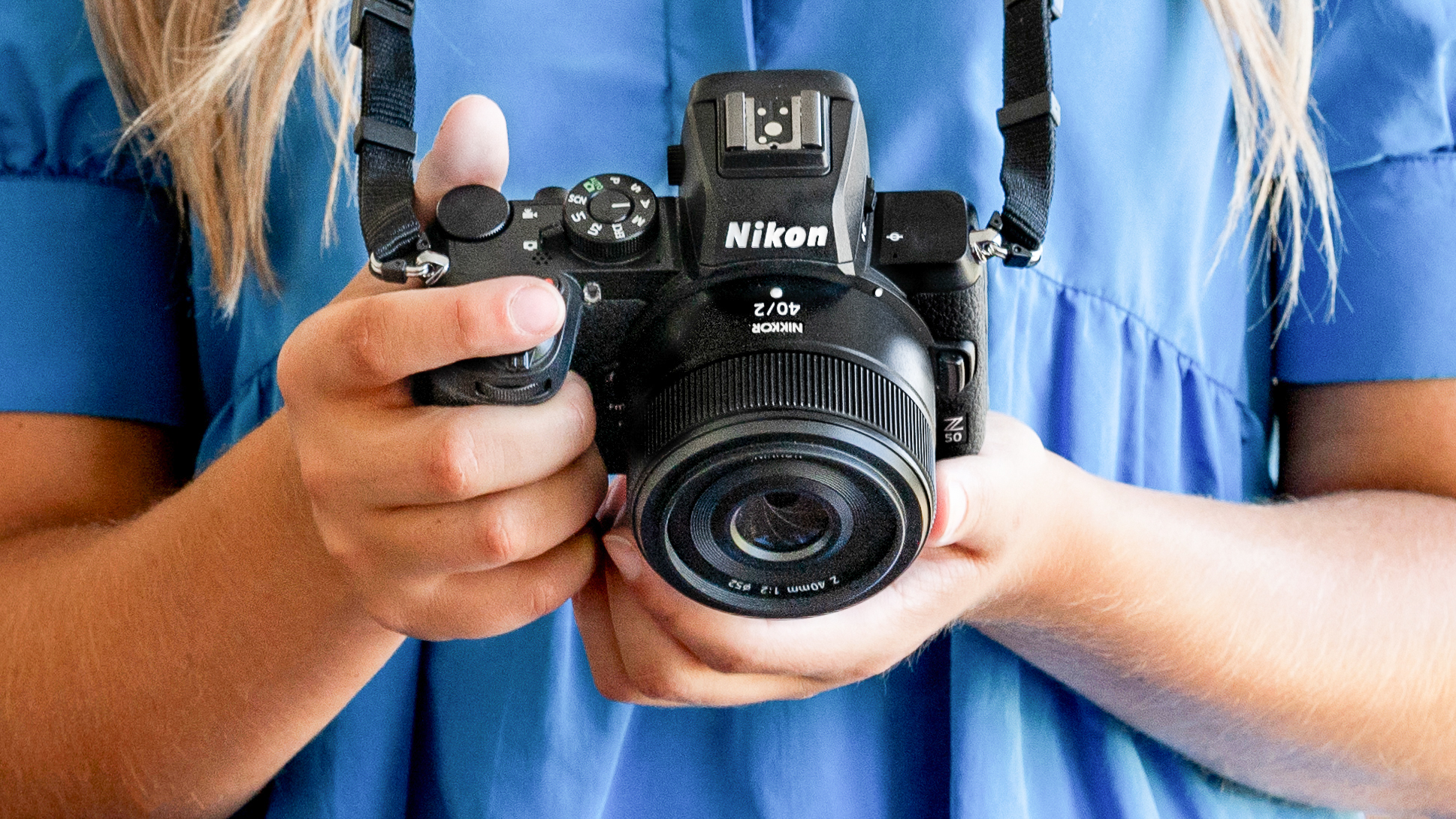
Specifications
Reasons to buy
Reasons to avoid
If you’re getting ready for a trip or you enjoy street photography, you’ll want a lens that gives you great performance but doesn’t take up much space in your kit bag. The Z 40mm f/2 is the answer: its downsized design makes it a wonderful match for the Z6 II’s compact body, and its 40mm focal length can cope with all sort of everyday situations.
The reduction in size doesn’t mean a loss in optical quality. Sharpness is good, and the f/2 aperture means bokeh is lovely and smooth. The autofocus is near-silent, so you can grab a movie on the move as well as stills, and its small size means you could comfortably mount your Z6 II and 40mm lens on a gimbal for smooth video.
Read more: Nikon Z 40mm f/2 review
Best portrait lens for the Z6 II
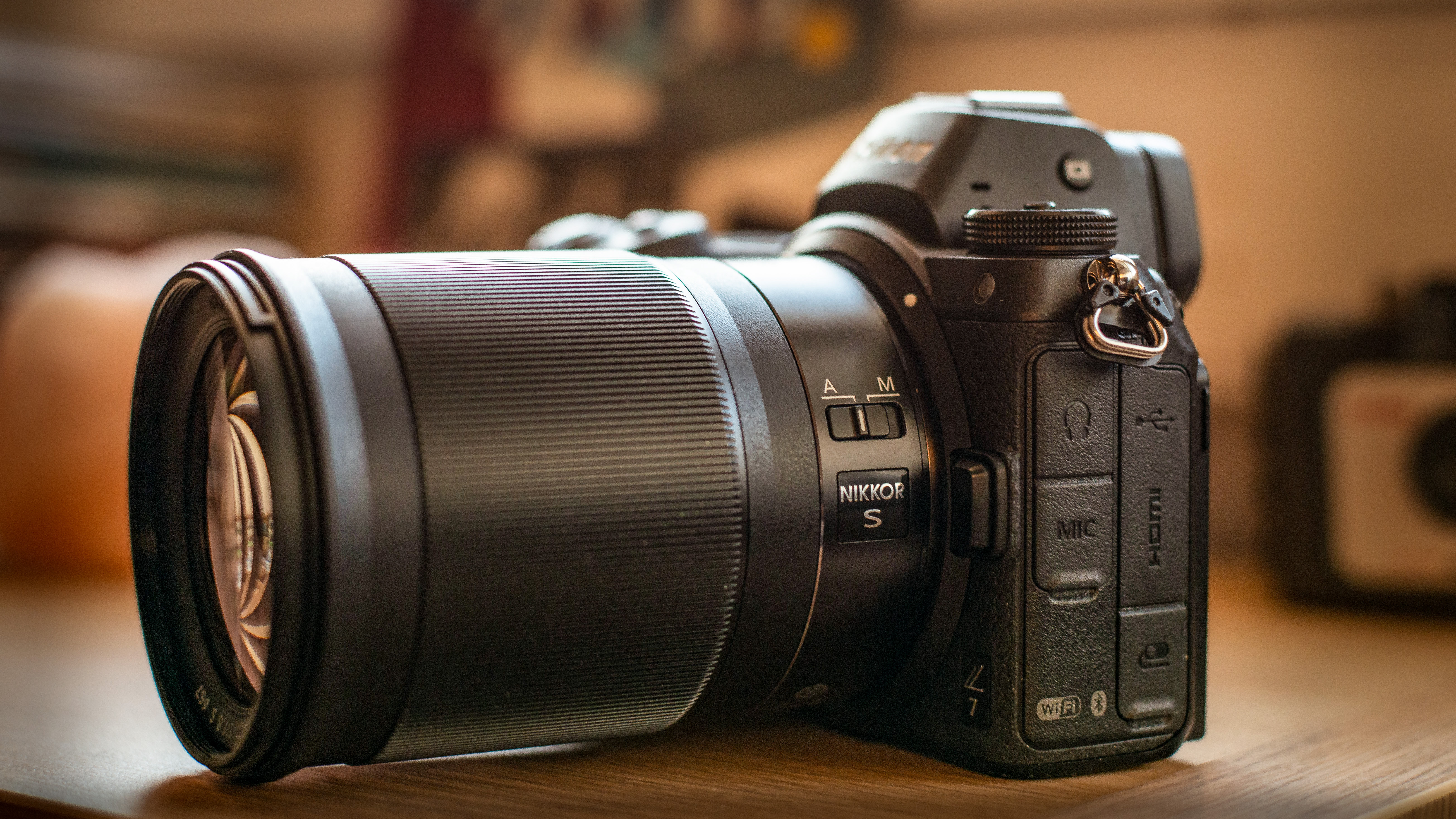
Specifications
Reasons to buy
Reasons to avoid
The full-frame sensor in the Z6 II makes it adept at blurring backgrounds in portraiture, and the affordable price tag of Nikon's 85mm f/1.8 makes this an appealing partner. This focal length is ideal for head-and-shoulders and half-length shots from a natural shooting distance.
Many 85mm lenses offer an f/1.4 aperture, which technically gives a more shallow depth of field, but when we tested this f/1.8 lens, we found its bokeh quality was at least as good as you’ll find in many f/1.4 lenses. It’s a well-made lens that features wether seals.
Read more: Nikon Z 85mm f/1.8 S review
Best telephoto lens for the Z6 II
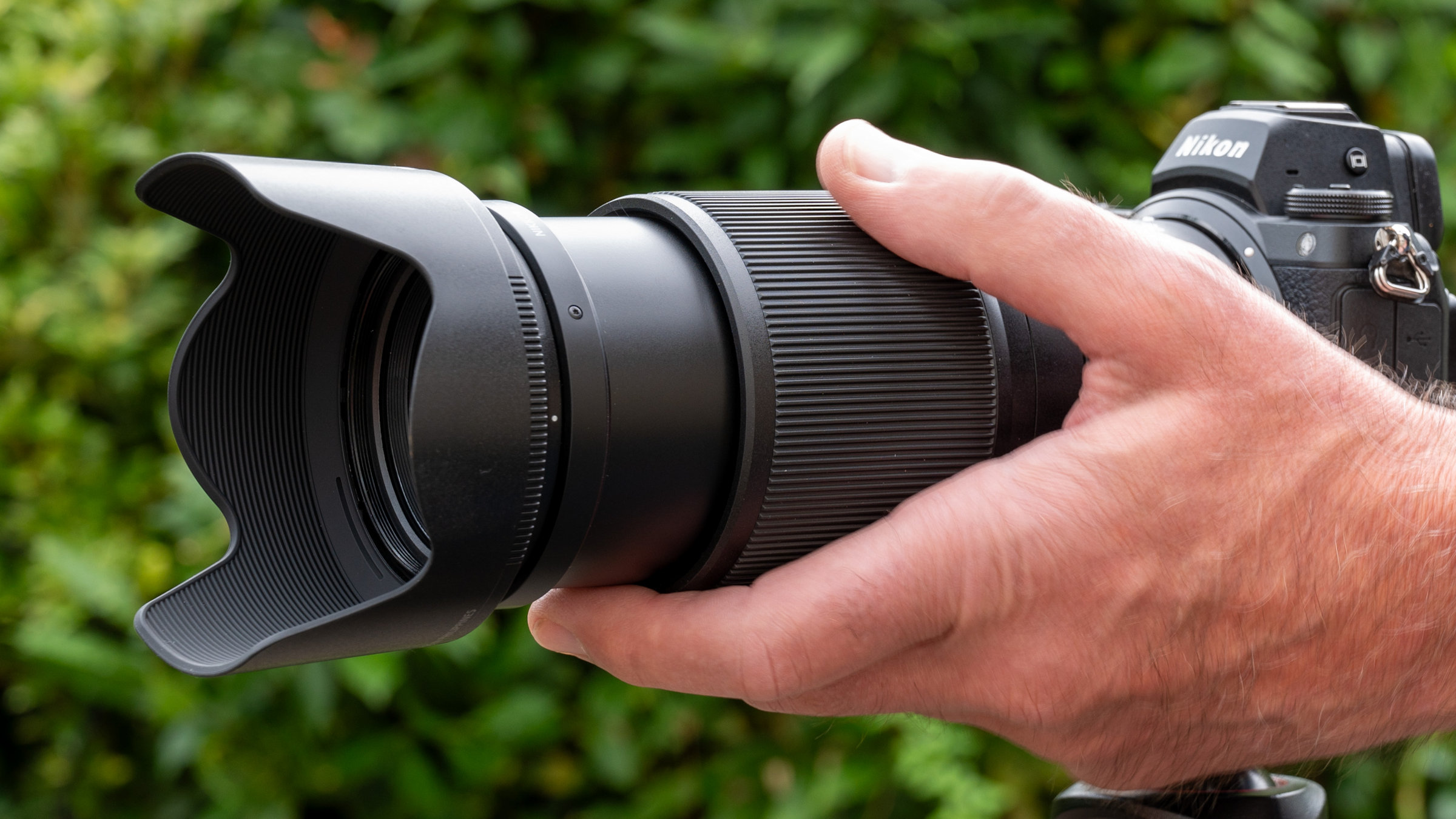
Specifications
Reasons to buy
Reasons to avoid
A 70-200mm f/2.8 is a classic 'trinity' lens for professional photographers but, like other examples of its type, the Nikon Z 70-200mm f/2.8 VR S is huge, heavy and expensive. That's why I really like the only slightly 'shorter' Nikon Z 70-180mm f/2.8.
You lose in-built VR and 20mm at the long end of the zoom range, but you keep the f/2.8 maximum aperture and save quite a chunk of change. If you're worried about the lack of optical VR, there's always the camera's own in-body stabilization to fall back on (optical lens VR does help with stabilization, though).
If portrait, social and event photography is your daily job, I would probably still suggest the Z 70-200mm f/2.8 VR S, but if that lens is just too heavy and too expensive, or you're just not sure you would get enough use from it to justify the cost, the Z 70-180mm f/2.8 is a terrific alternative.
Read more: Nikon Z 70-180mm f/2.8 review
Best super-telephoto lens for the Z6 II

Specifications
Reasons to buy
Reasons to avoid
Nikon has yet to produce many affordable telephotos for its full-frame Z mount cameras like the Z6 II, and that's pretty much the only remaining gap in the lens line-up. It does mean that while there are some great Nikon Z telephotos, most come with substantial price tags, so they're really only for the keenest wildlife and sports fans.
However, this is a terrific lens that delivers speedy autofocus and impressive 5.5-stop VR, not to mention exceptional image quality. Overall performance is top-notch, while handling benefits from custom function buttons and a de-clicked control ring, plus a multi-function display.
Read more: Nikon Z 100-400mm f/4.5-5.6 VR S review
Best macro lens for the Z6 II
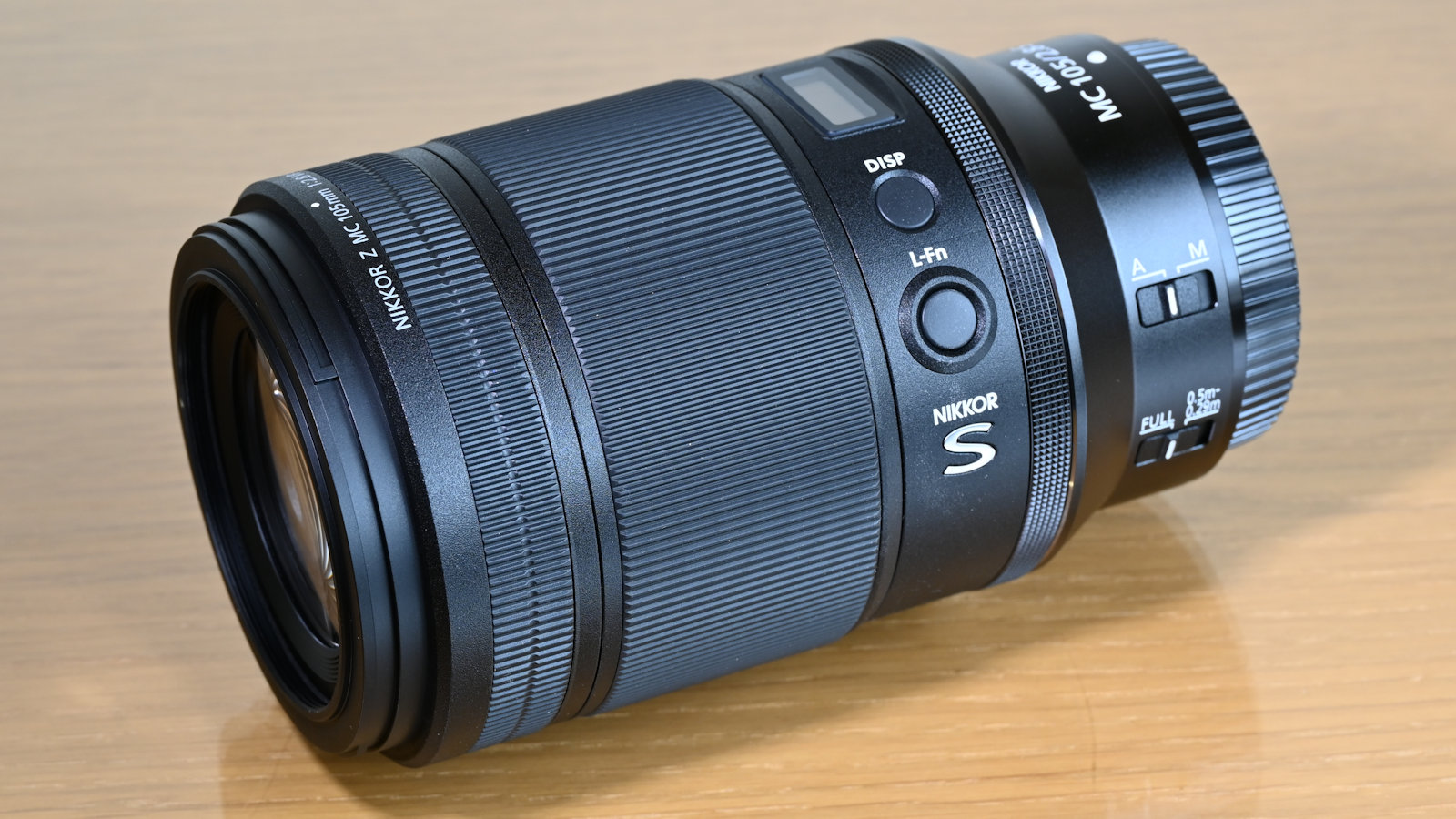
Specifications
Reasons to buy
Reasons to avoid
There is a cheaper Nikkor Z MC 50mm macro lens which I recommend for the more modest Nikon Z5, but if you can afford the extra – and I think the Nikon Z6 II is worth it – the Nikkor Z MC 105mm is the better choice, not least because it gives a much more generous working distance for macro shooting.
Superb image quality for both close-ups and general shooting is aided by a speedy, accurate autofocus system, along with very good optical VR. It also has a multi-function display, a custom function button and an autofocus range limiter. An electronically coupled focus ring handles minute adjustments.
Read more: Nikon Z MC 105mm f/2.8 VR S review
Lab data and comparisons
The graphs below show the comparative performance of the lenses in this guide, based on our in-house lab tests. The Nikon Z 85mm f/1.8 S leads the way for sharpness among the prime lenses in this group, while the Nikon Z 28-75mm f/2.8 tops the chart for zooms. Color fringing and distortion are well controlled on the whole, and automatic in-camera correction is available for these aberrations anyway, which often can’t be disabled.
Scores for sharpness and color fringing are averaged from data taken across the entire image frame, from the center to the edges and corners, throughout the aperture range. For zoom lenses, the scores are also averaged from data measured at all marked focal lengths, and the same applies to distortion. Bear in mind that these average values don't fully reflect specific areas of performance. For example, a zoom lens might have noticeable barrel and pincushion distortion at its shortest and longest focal lengths respectively, which tends to average out when looking at the data overall. For more detailed graphs of each lens's performance, which give the full picture, check out the graphs in our full standalone lens reviews.
How to choose the best lens for the Nikon Z6 II
Which lenses fit the Nikon Z6 II?
The Z6 II uses the Nikon Z mount and is compatible with all lenses designed for that mount. Nikon’s own Z-mount lenses all have Z at the start of their model names.
Some Z-mount lenses are designed for use with APS-C format cameras rather than full-frame cameras such as the Z6 II. Nikon lenses that fall into this category have DX as part of their model names. While they physically fit on the Z6 II, these lenses produce a cropped image, so they’re not ideal. None of the lenses in this guide is a DX-format lens.
If you are buying a third-party lens for the Z6 II, always check that it is designed for full-frame (or FX) Nikon Z cameras, rather than APS-C (or DX) Nikons.
The Z6 II is also able to use F-mount lenses, which are made for use with Nikon’s DSLR cameras. For this, you need an adaptor such as the Nikon Mount Adapter FTZ II. The idea is that owners of older DLSR cameras can buy a Z camera and still use their old lenses.
How do I know which lens to get for my Z6 II?
The reason there are so many types of lens in the first place is that different scenes demand different lens designs, particularly when it comes to focal length and aperture rating.
Usually, you will decide what you want to photograph, then get a lens with the focal length that suits the situation. For example, to shoot landscapes you will need a wide-angle lens, while for sports and wildlife you will need a telephoto.
You can watch this video that explains focal length: it helps you work out what kind of lenses you need for different genres of photography.
How we test lenses
The lens experts in our testing lab run a range of tests under controlled conditions, using the Imatest Master testing suite. Photos of test charts are taken across the range of apertures and zooms (where available), then analyzed for sharpness, distortion and chromatic aberrations.
We use Imatest SFR (spatial frequency response) charts and analysis software to plot lens resolution at the centre of the image frame, corners and mid-point distances, across the range of aperture settings and, with zoom lenses, at four different focal lengths.
There's more to it than just the technical side, though! Beyond the lab, our reviewers test lenses in real-world environments – and sometimes on professional shoots! We work with lenses both indoors and outdoors, in studio conditions and in natural light, with as many different subjects as is possible (or appropriate – there's no point testing a landscape lens' ability to shoot a portrait!).
We take into account everything from handling and ease of use to speed of autofocus and the overall quality of the images produced.
Find out more about how we test and review on Digital Camera World
Get the Digital Camera World Newsletter
The best camera deals, reviews, product advice, and unmissable photography news, direct to your inbox!

Rod is an independent photography journalist and editor, and a long-standing Digital Camera World contributor, having previously worked as DCW's Group Reviews editor. Before that he has been technique editor on N-Photo, Head of Testing for the photography division and Camera Channel editor on TechRadar, as well as contributing to many other publications. He has been writing about photography technique, photo editing and digital cameras since they first appeared, and before that began his career writing about film photography. He has used and reviewed practically every interchangeable lens camera launched in the past 20 years, from entry-level DSLRs to medium format cameras, together with lenses, tripods, gimbals, light meters, camera bags and more. Rod has his own camera gear blog at fotovolo.com but also writes about photo-editing applications and techniques at lifeafterphotoshop.com
